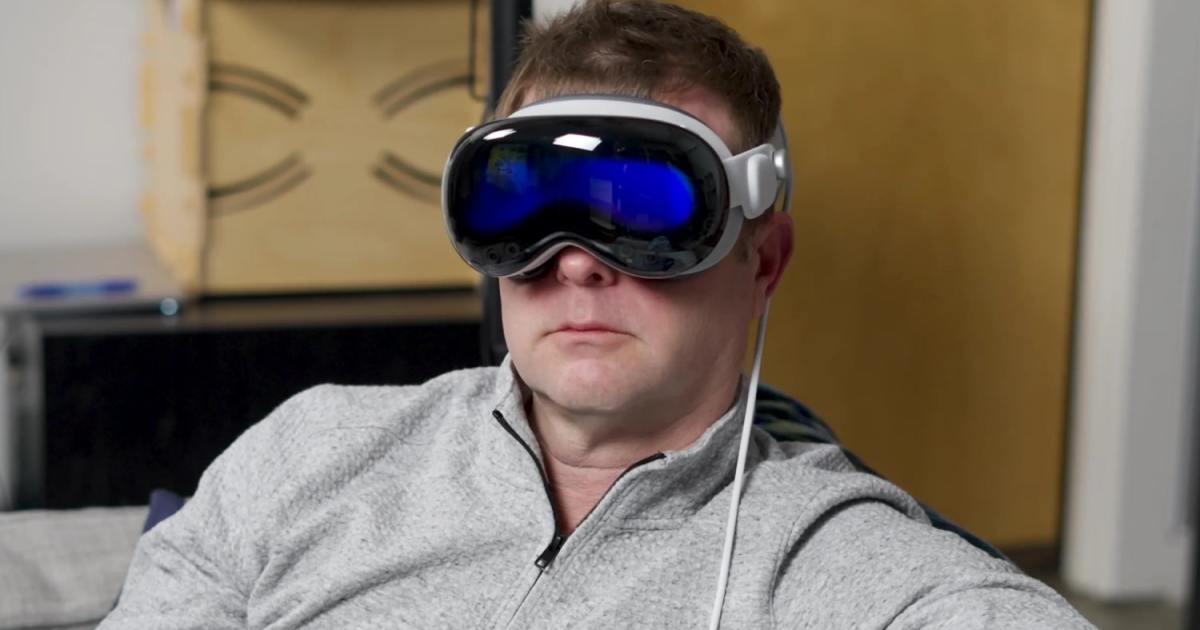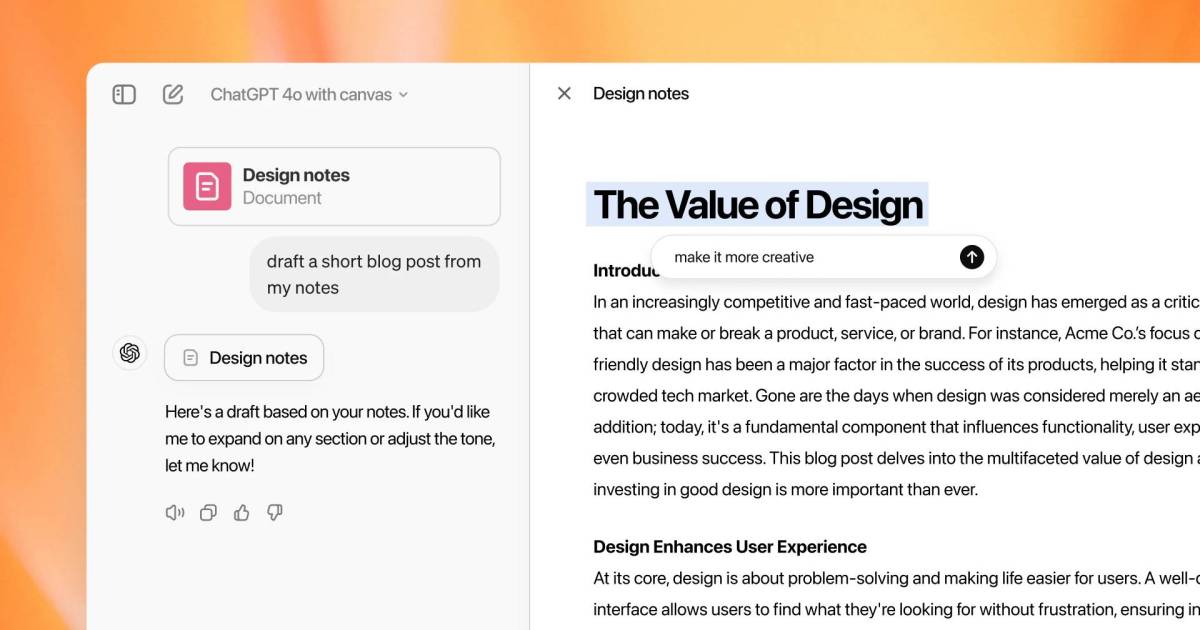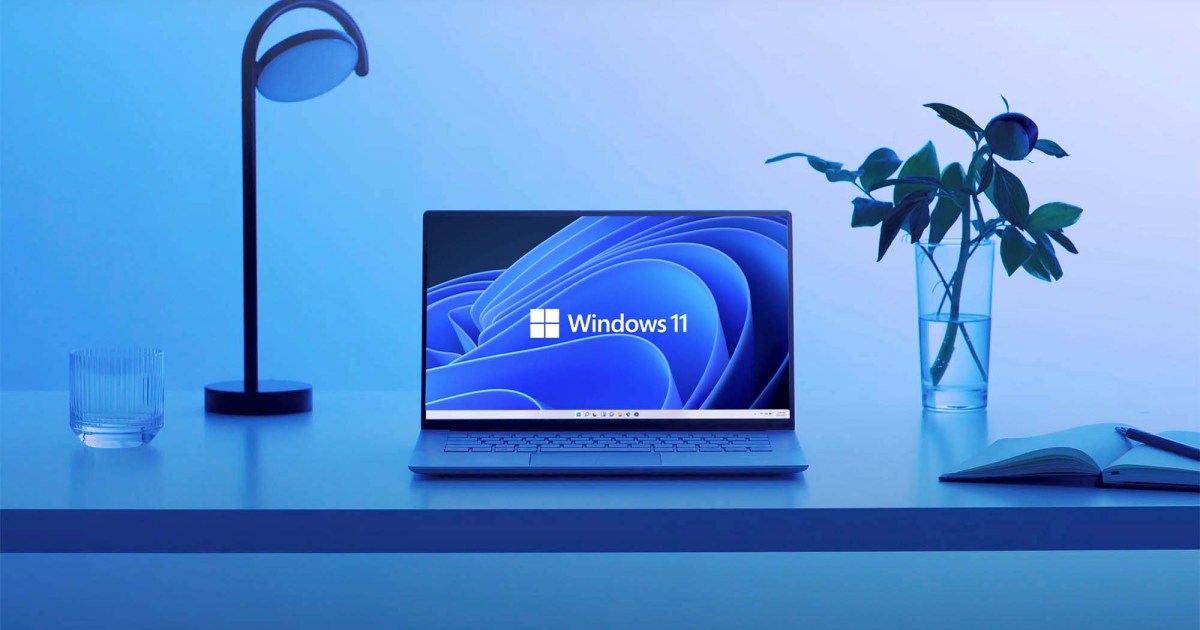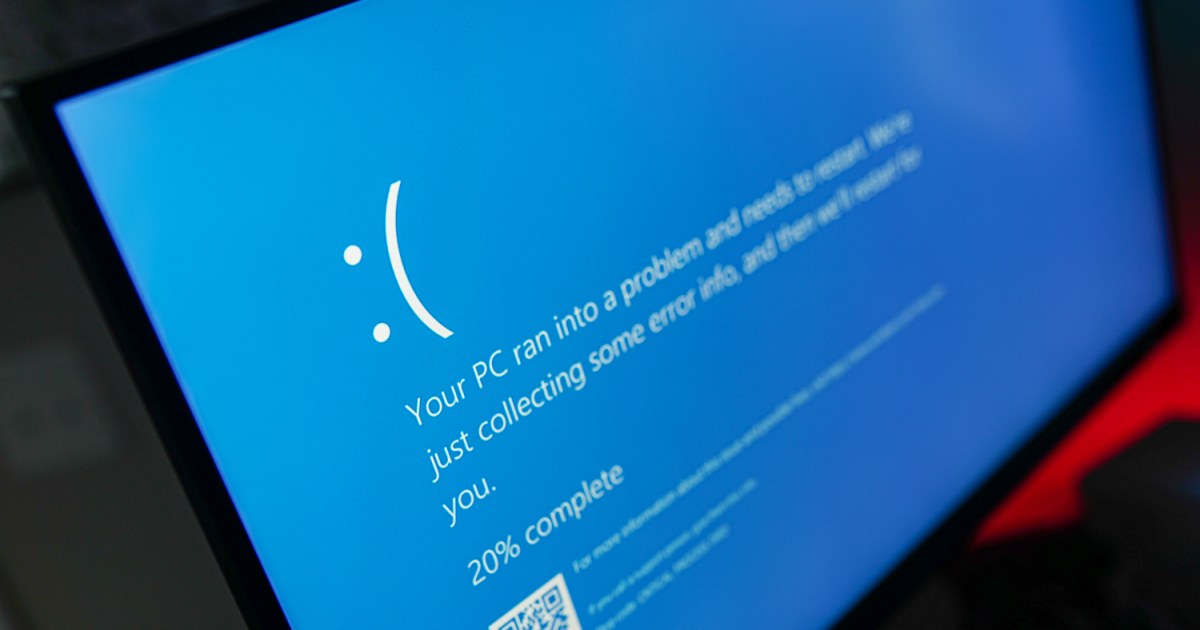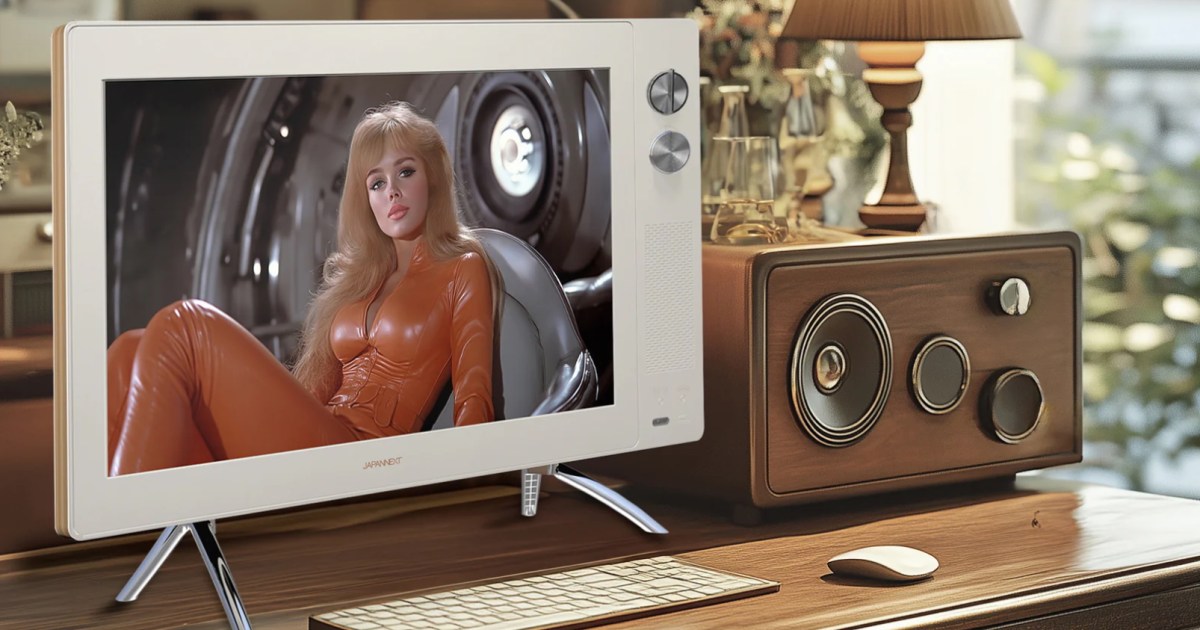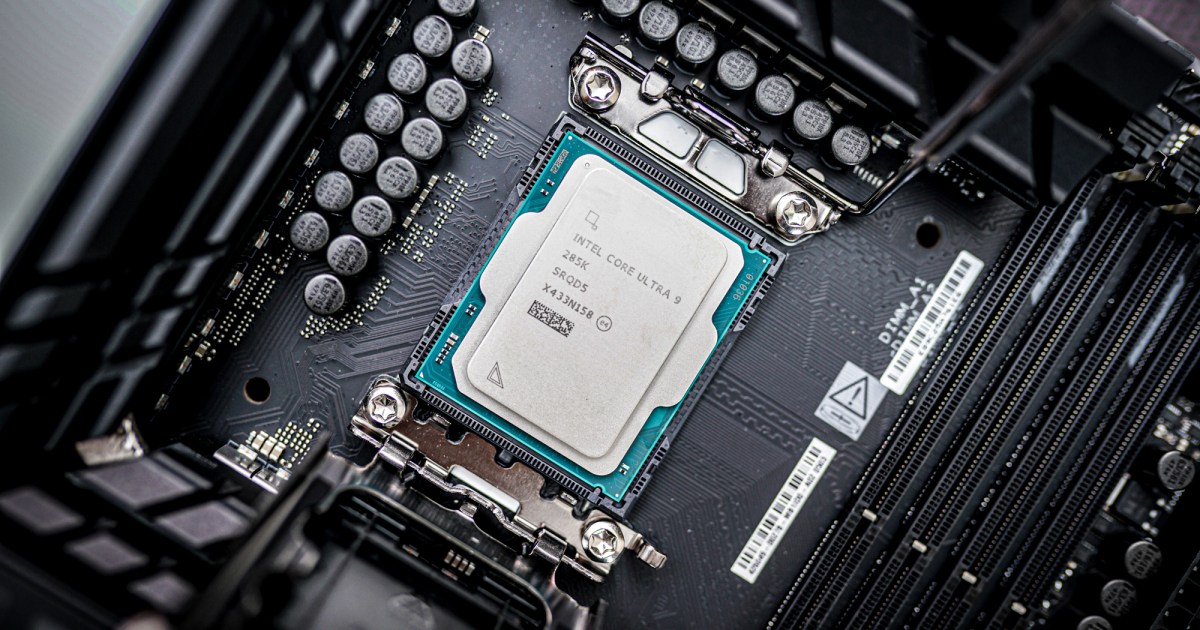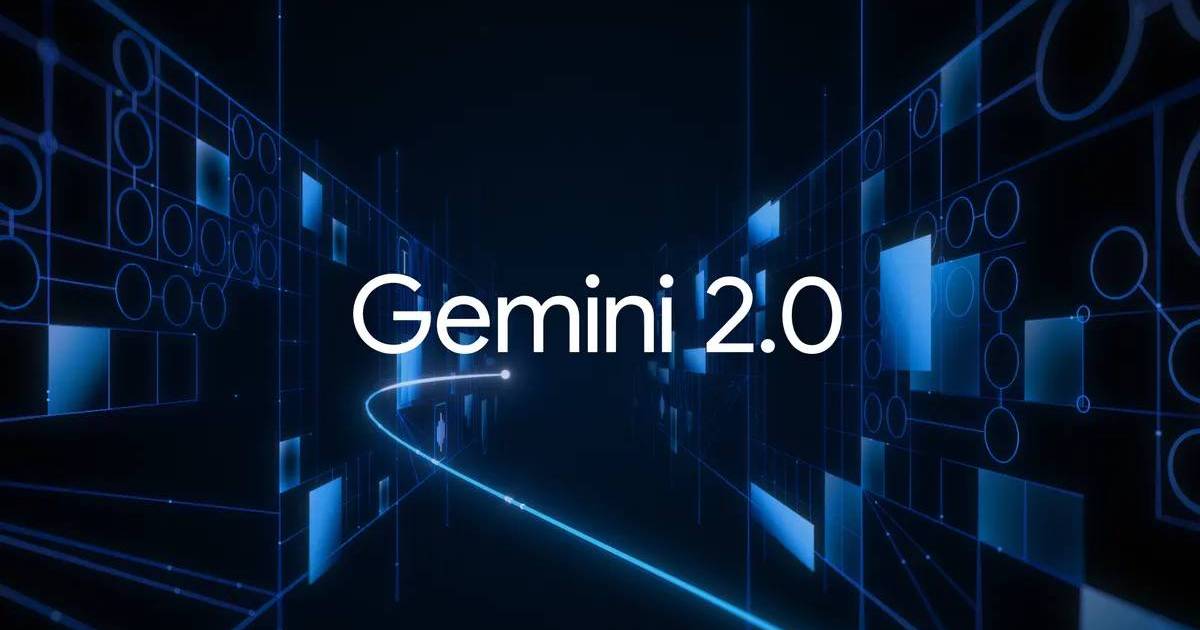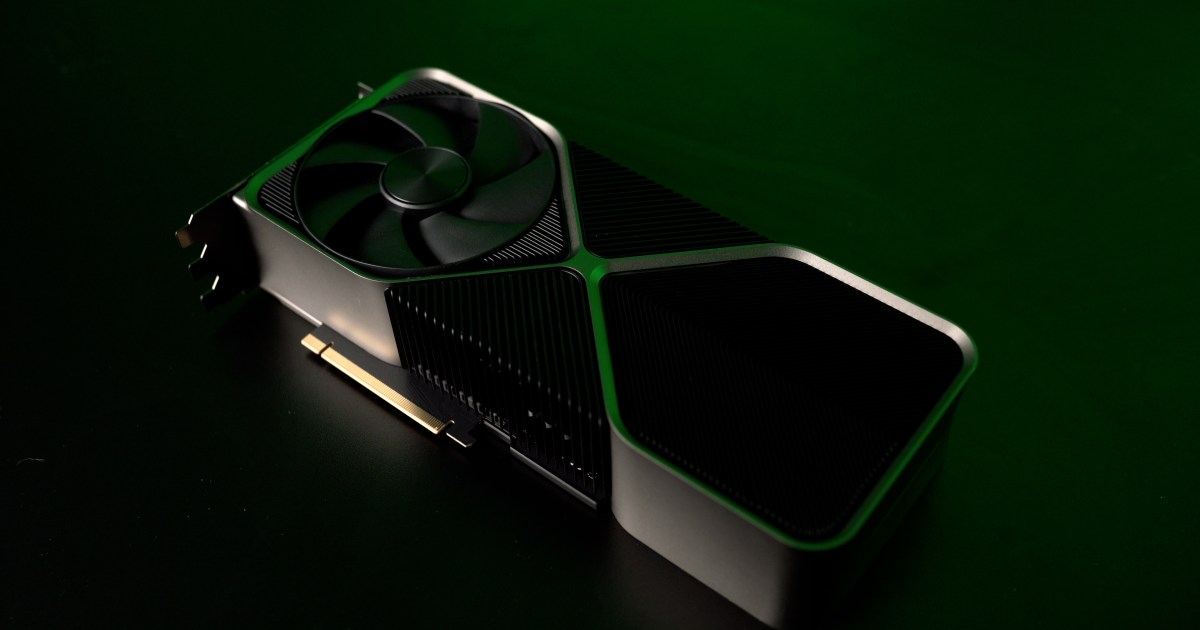The Apple Vision Pro, despite its cutting-edge technology, hasn’t quite achieved the widespread adoption Apple envisioned. The $3,500 price tag is a significant barrier, and the limited gaming ecosystem, a crucial driver for VR success, has further hampered its appeal. Apple is now looking to address this weakness through a strategic partnership with Sony.
According to Bloomberg, Apple and Sony have collaborated to bring PlayStation VR2 controller support to the Vision Pro. Apple has reportedly engaged with third-party developers, encouraging them to integrate this support into their games. While an official announcement was anticipated weeks ago, apparent technical hurdles have delayed the confirmation. The report indicates the timeline remains uncertain, and the partnership could even be abandoned.
The agreement is expected to include the sale of PlayStation VR2 controllers through Apple’s online and physical retail stores. Apple already offers third-party accessories, including the Sony PlayStation DualSense Wireless controller and Belkin products, in its retail channels.
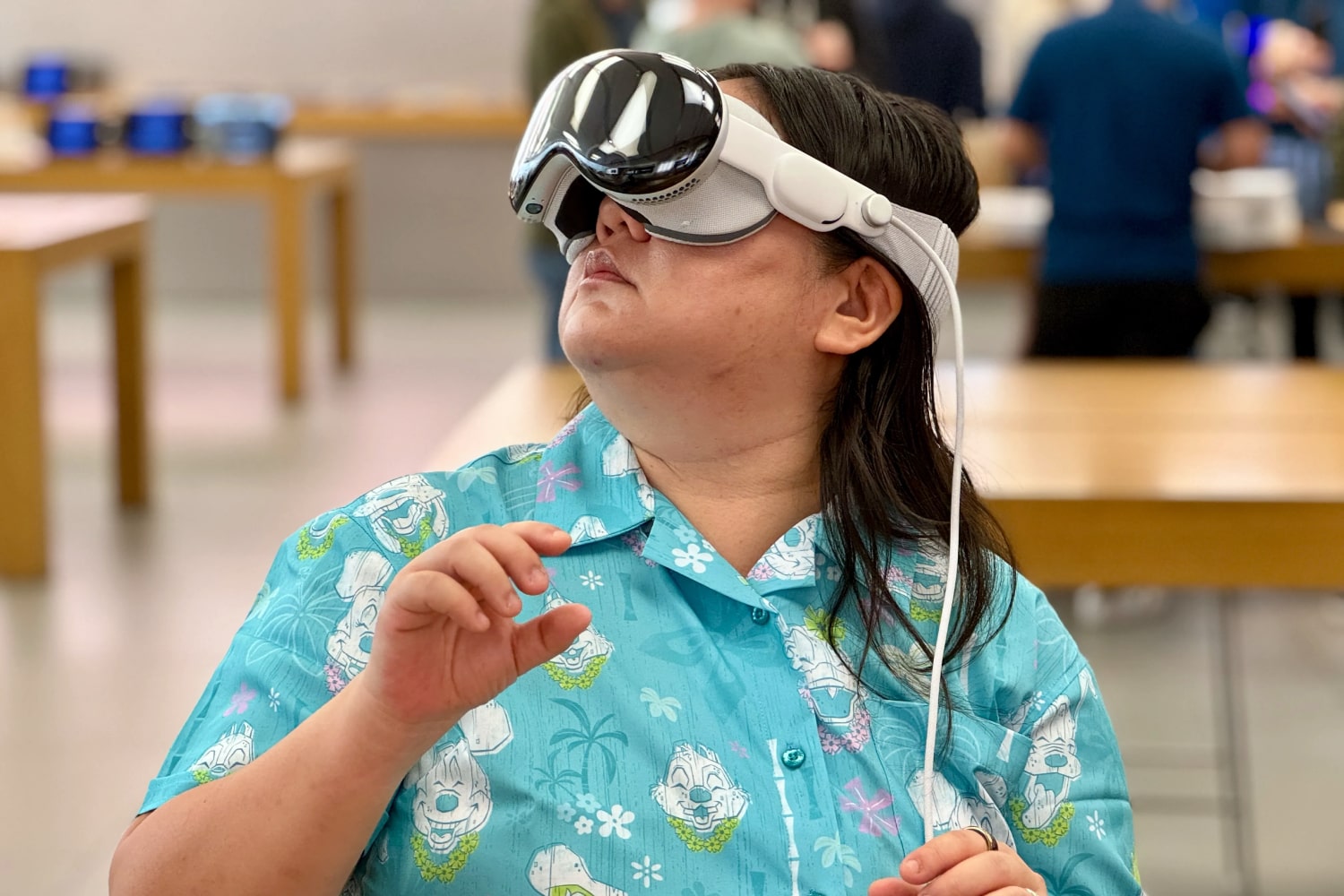 A person wearing the Apple Vision Pro demo unit in an Apple Store.
A person wearing the Apple Vision Pro demo unit in an Apple Store.
While the Vision Pro supports standard gamepads from companies like Sony, Microsoft, and 8BitDo, it currently lacks meaningful support for dedicated VR controllers. This has significantly limited its gaming potential, as most VR games rely on specialized motion controllers. This reliance presents a challenge for Apple’s focus on hand and eye-tracking controls for the Vision Pro.
However, Apple recognizes the value of physical controllers for precise interactions and enhanced haptic feedback in VR experiences, particularly gaming. Despite exploring dedicated VR controller designs and evaluating third-party options like HTC’s, Apple ultimately prioritized hand and eye tracking.
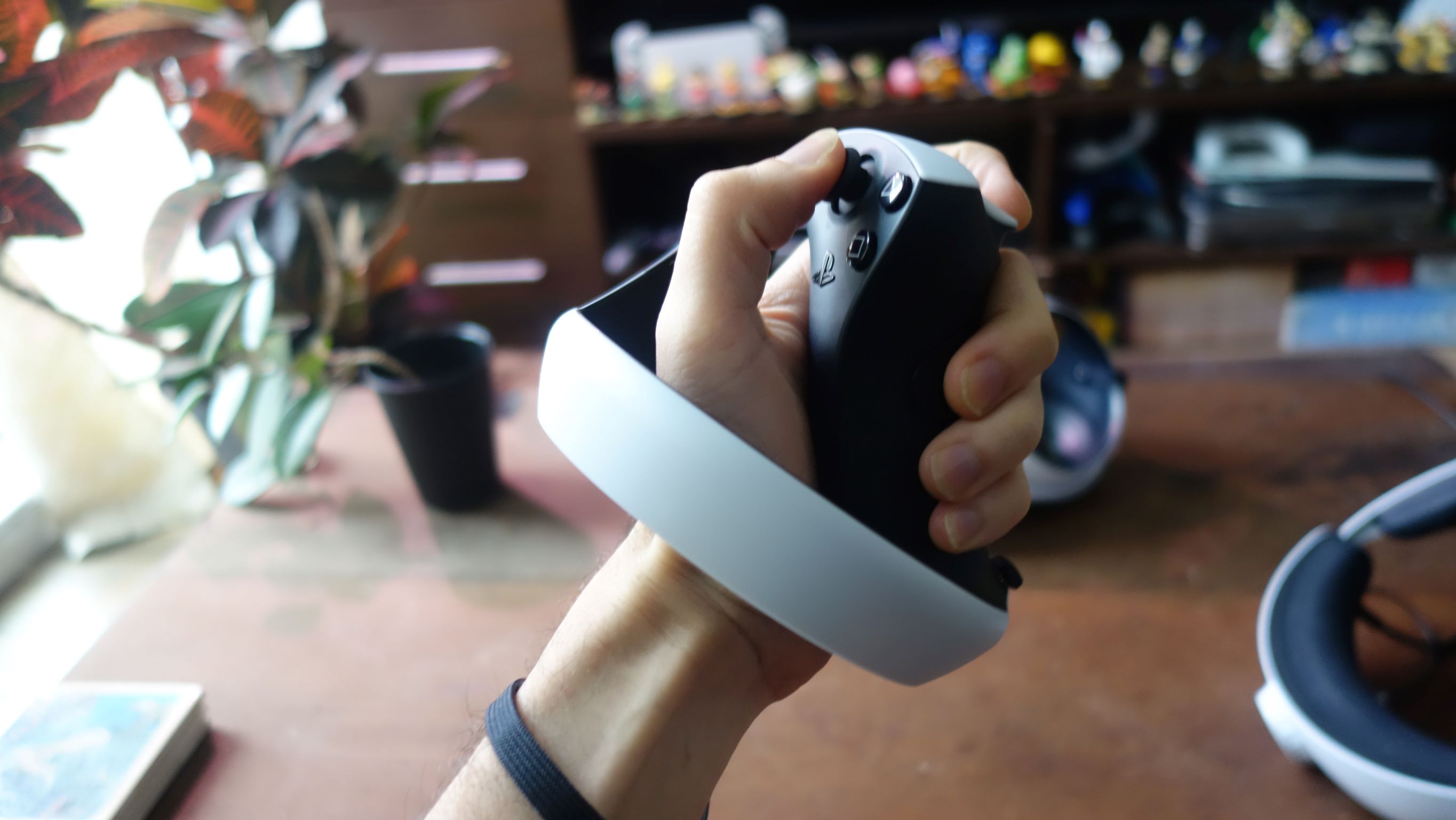 A hand holds a PlayStation VR2 Sense controller.
A hand holds a PlayStation VR2 Sense controller.
The Sony partnership could have far-reaching implications, extending beyond gaming to enhance overall Vision Pro navigation. The two companies have reportedly optimized the PlayStation VR2 controller’s D-pad, triggers, and thumbsticks for visionOS interactions like scrolling and clicking. This provides an alternative control method for users who prefer physical input over gestures. Beyond corporate collaborations, independent efforts like iVRy aim to bring SteamVR and controller support to the Vision Pro.
Despite this promising development, the question remains whether this collaboration will lead to a wider range of MFi-certified VR controllers for the Vision Pro. This seems unlikely given the reported sales figures of around half a million units and the limited developer enthusiasm for creating Vision Pro-specific games.



